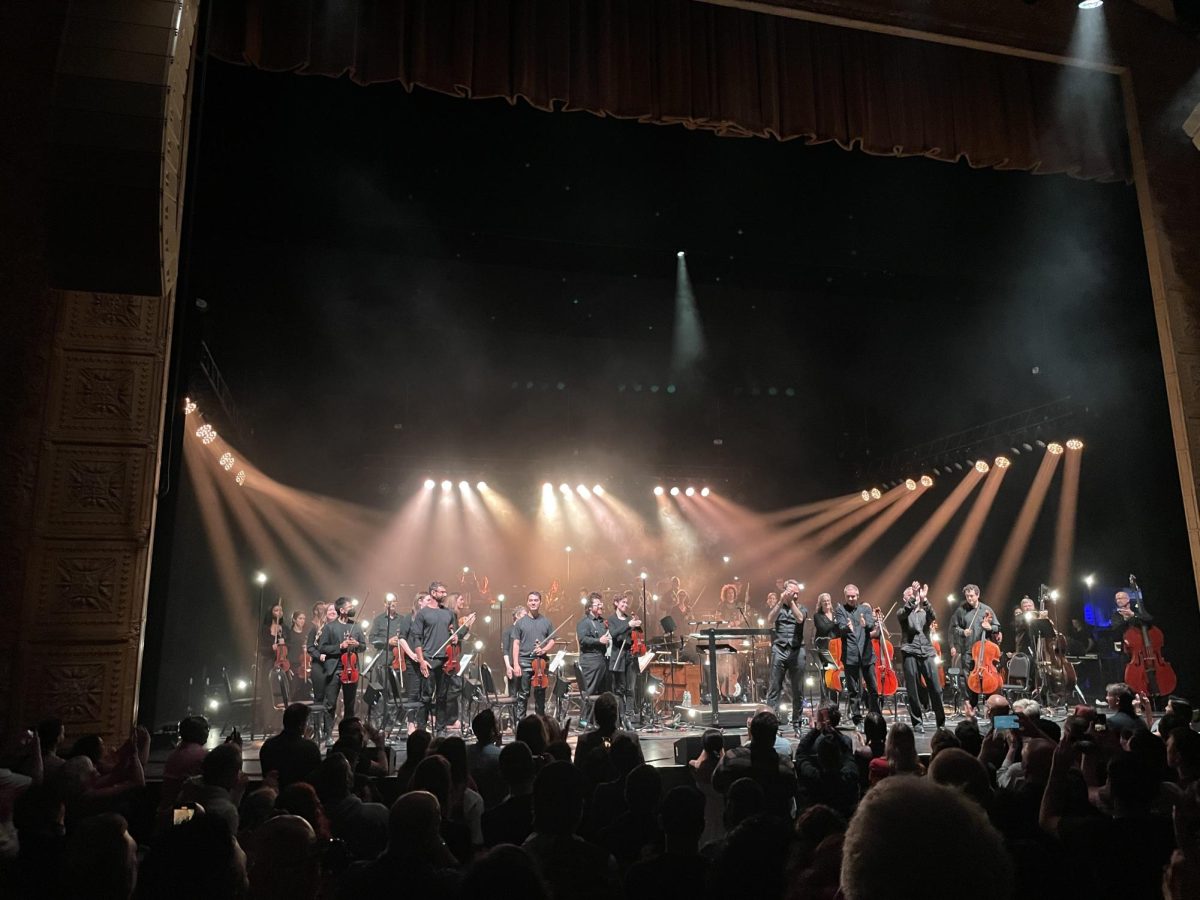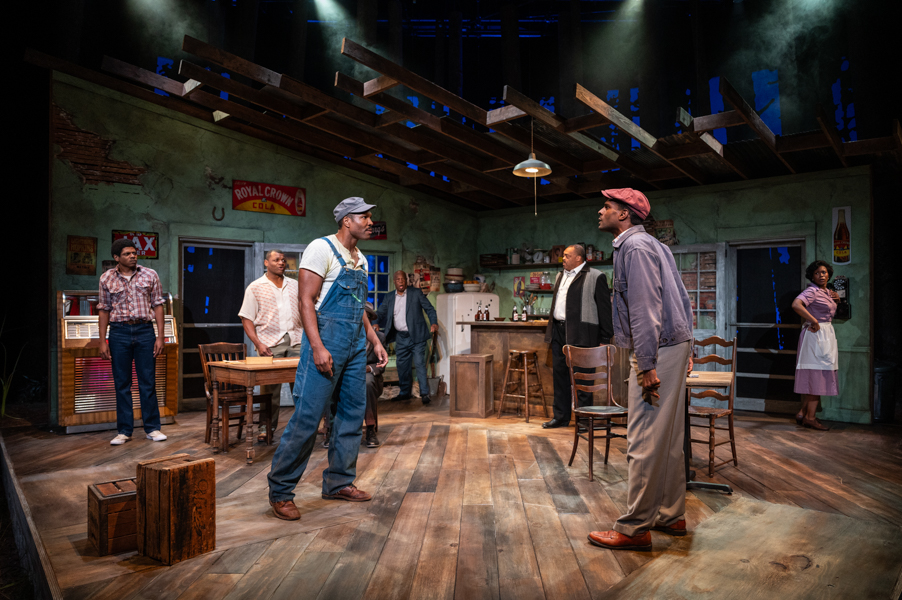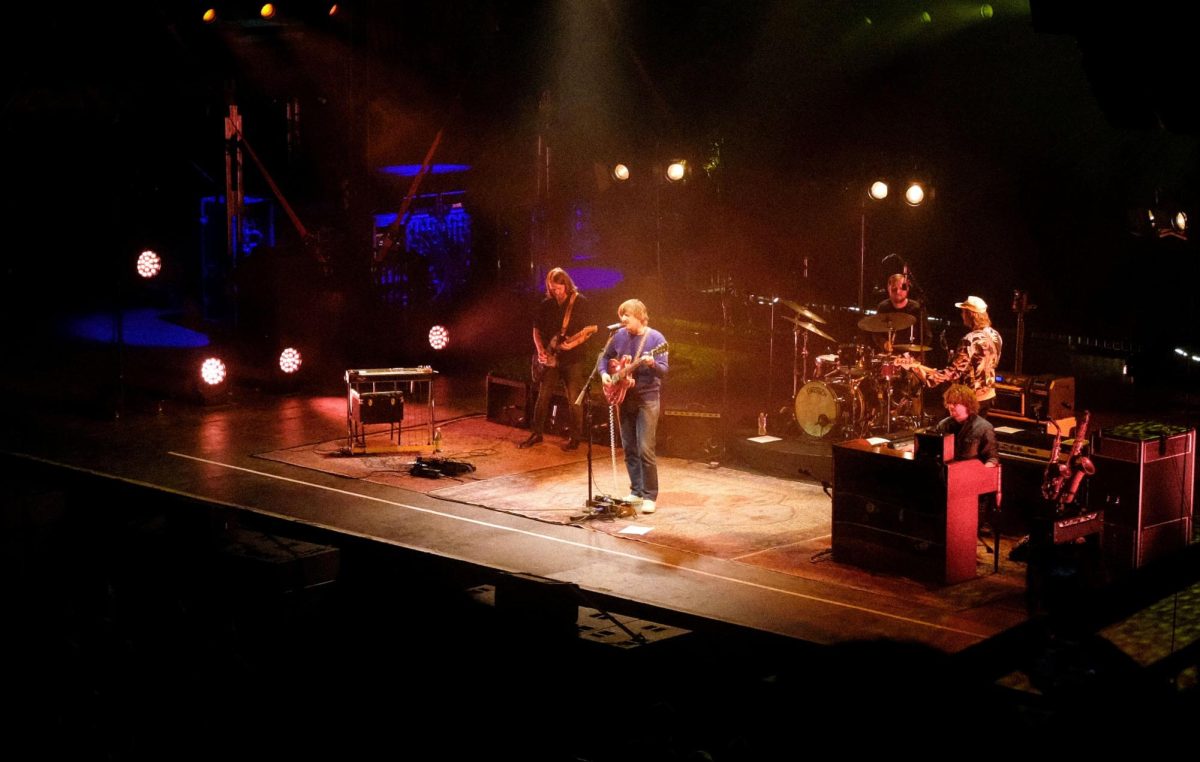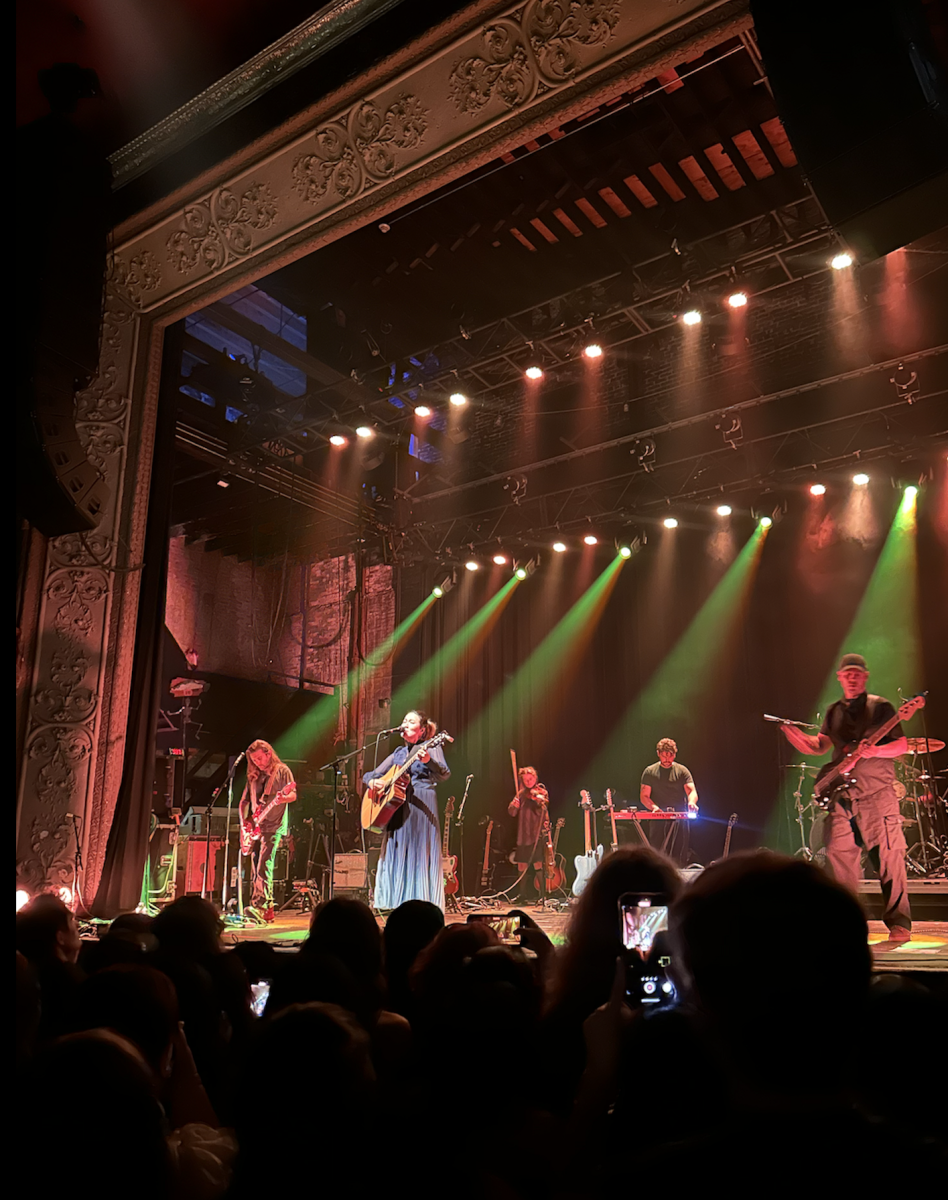Before coming to the University of Chicago, and long before I even bothered to ask why, the Carter Quartets were among my favorite pieces. Since then, I have not listened to them much (too busy studying, perhaps…), and thus hearing the Pacifica Quartet perform all of them in one night was at once an opportunity to reconnect with this repertoire but also a chance to think about how my own listening has changed. It would be tempting to say this feeling was thematized throughout the evening’s works–in many ways, all of Carter’s works (not just the String Quartets) play out the idea of simultaneous but conflicting narratives, similar to the hermeneutic circle that I found myself caught up in when trying to relate back to my previous passion for this music. But in truth, I found that even this trajectory did not come across to me as the most striking aspect of the concert, and likewise I cannot say that this is music I still relate to. Rather, confusion mostly prevailed (and, at moments, loneliness) and it is with this qualification that I turn to a review of Pacifica’s outstanding performance of these seminal 20th-century works.
Pacifica began, of course, with the First Quartet, which is not to say, however, that they began at the very beginning: by 1951 Carter had achieved most of the aspects of his style that would differentiate him from lesser composers for the next 50 years. In four movements (grouped, however, as three with a pause in the middle of movements two and four), the Quartet lasts a mammoth 40 minutes. The Pacifica, always one to wear its emotions on its sleeves, was at home in this work, which often features broad dynamic gestures and climaxes. Their rendition allowed the Quartet to be novel in both senses of the word.
The Second and Third Quartets formed the middle part of the program. Each quartet, at half the length of the First, is enormously dense. They are structured on principles of opposition: in the Second Quartet, each instrument is assigned a certain expressive character (as well as “musical character”) and the overall form is such that each instrument gets a turn at being at the center of a movement; the Third Quartet, in contrast, consists of two duos, each of which sit at opposite side of the stage and play essentially different quartets, insofar as each duo has its own cycle of movements. Given this set-up, it is probably not hard to guess that these are the most difficult and notorious of the quartets by far, with regards to performance. (Both required performers to listen to audio-click tracks–separate ones for each part, of course–in order to keep tempo at their premiers; the Pacifica was able to do without these on Friday, though.) Despite this challenge (not to mention the challenge of performing them along with the other three quartets…), the Pacifica managed fairly well. The Second Quartet was especially well done near the end: the coda contains a poetic expression of isolation and loneliness that matched Pacifica’s ever-romanticizing tendencies. While the Third Quartet lacked intensity in places where I am used to hearing it, the overall expression of conflict between the two duos–at times coming close together but never quite aligning–was well-conveyed.
The Fourth Quartet never made a lot of sense to me; it still doesn’t. The piece is structured, like the previous quartets, on the principle that each individual instrument has its own musical vocabulary (most clearly manifested in the interval content of each part). In addition to this, there is also a concern for more unifying principles between the parts, including a general preoccupation with all-interval chords (12 note chords arranged so that each pitch-class is used only once and the 11 intervals formed between neighboring pitches exhaust the 11 intervals within the octave). About his work, Carter writes that it “mirrors the democratic attitude in which each member of a society maintains his or her own identity while cooperating in a common effort.” Yet the degree to which his piece lives up to his words is questionable. In the Third Quartet the physical distance separating the performers is never quite bridged musically but remains present at the foreground, thereby rendering the dramatic effect of this piece. While both the traditional quartet seating and increased musical cooperation between instruments in the Fourth Quartet of course attempts to present a new element, it does so at the sacrifice of the differentiation-effect of the Third Quartet. Ultimately, it is hard to not hear this piece as an expression of a type of democracy where sameness and difference become confused (if not conflated).
The category of “late-period work,” while of course fraught with problems even in the context of a normal tripartite periodization structure, seems especially inadequate when applied to Carter’s Fifth Quartet, simply because the composer has out-lived this period. (By comparison with other composers, already by Carter’s First Quartet we seem to encounter a “middle-period” work: the often-made comparison to Beethoven’s expansive Op. 59 quartets is not too far off the mark.) The Fifth Quartet again takes of the theme found in all of the quartets–that of the individualism of each instrument, which in turns parallels the individualism of the composers in the musical history of the 20th century as whole–but stages this theme in a new setting: a rehearsed rehearsal in which the players take turns trying out material, either building on it or rejecting right away. As with recent orchestral pieces (I am thinking above all of the Symphonia: Sum Fluxae Pretium Spei, 1996), Carter succeeds brilliantly in unifying collective gestures–often formed through coordinated melodic contour or textural effects such as pizzicato–while still allowing each instrument to maintain its persona. Above all, this seems to have been accomplished through a simplification of the musical surface (i.e. the massive contrapuntal surface of the Fourth Quartet and obsession with all-interval chords are no longer present) without a simplification of procedure. The Pacifica Quartet somehow managed, despite having toiled for two-and-half hours at that point, to make the Fifth Quartet the most lively and expressive of the evening; to me, this quartet clearly came across as the performer’s favorite.







